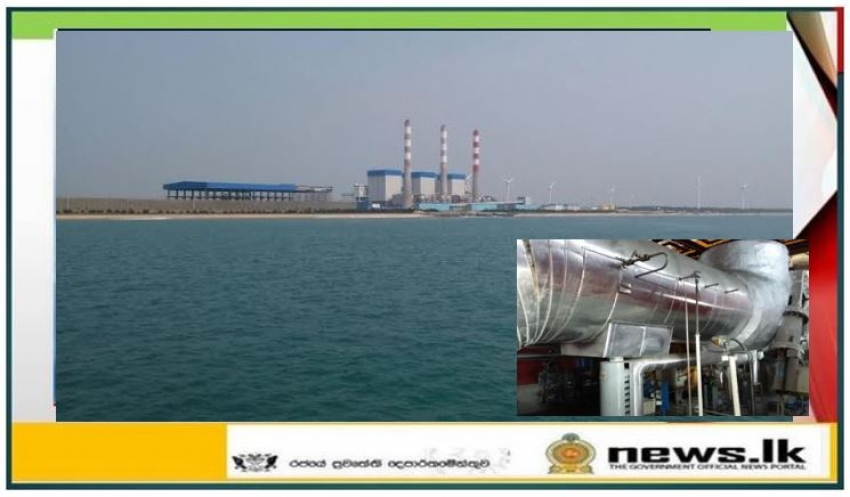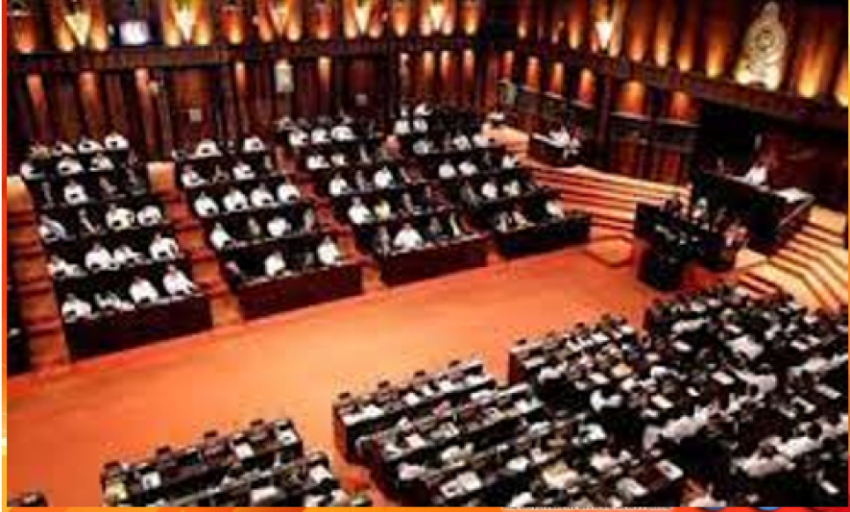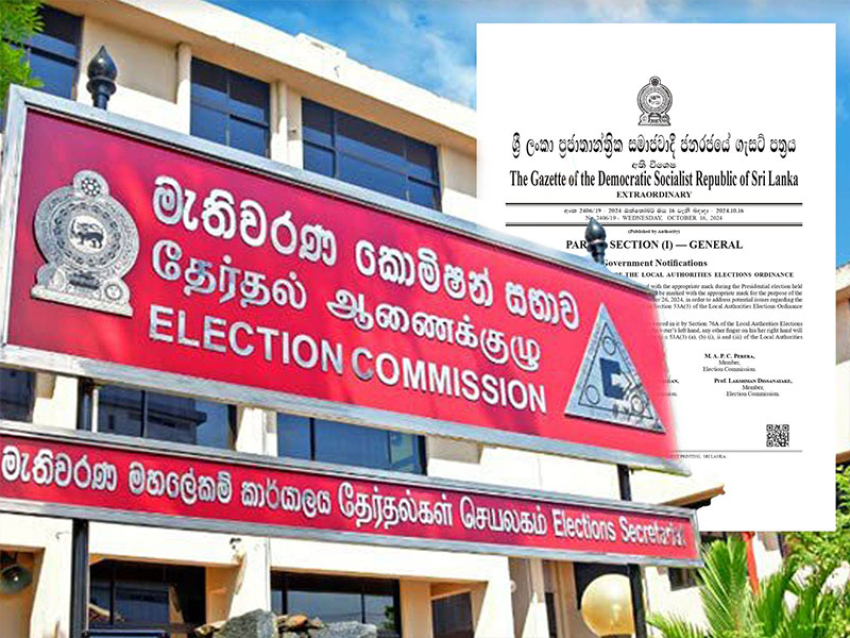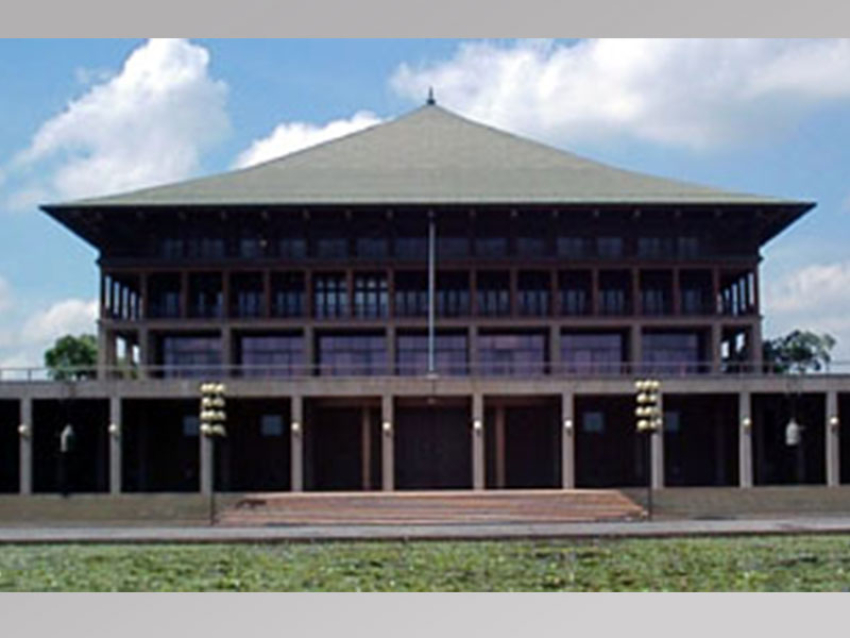He said that despite allegations by the media that Norochcholai is eternally reporting breakdowns, the highest contribution to the national grid is by the Norochcholai Coal Power
Station which is 40%. Especially during peak hours, he said power supply is handled by Norochcholai.
Gallage noted that the power generation capacity of Norochcholai is 900 MW and this facility is located on a 272-acre land. This is the first coal power generation facility in the country and power is generated here through a complex system, he said.
He further noted that this facility operates round the clock and unlike hydropower generation facilities, when there is a breakdown, the generators need to cool down before any repairs are initiated. This process could take around 15 days and this is the reason that we need alternative power generation facilities, he pointed out.
According to Gallage, if the power generation facilities that were proposed at various stages were initiated, the power requirement could have been balanced. Therefore, he refuted
allegations being leveled that the Norochcholai operations were deliberately being hampered to facilitate power purchasing from private thermal power suppliers.
All engineers attached to Norochcholai are Sri Lankans with a staff cadre of over 800 and around 25 affiliated institutions.
The Norochcholai power station consists of three turbines and three boilers. These boilers instantly evaporate the coal steam and carries it through high-pressure steel pipes by the
boilers at 1025 tons per hour. This process happens at a pressure level of 173 and 541c temperature. Each boiler requires 114 tons of coal per hour.
Meanwhile, the Environmental Engineer attached to Norochcholai said that around 35,000 trees have been planted around this coal power facility in order to minimize environmental impact. Similarly, many environmental and social programmes have also been initiated, he said.





















